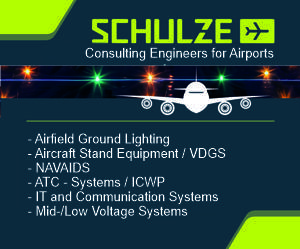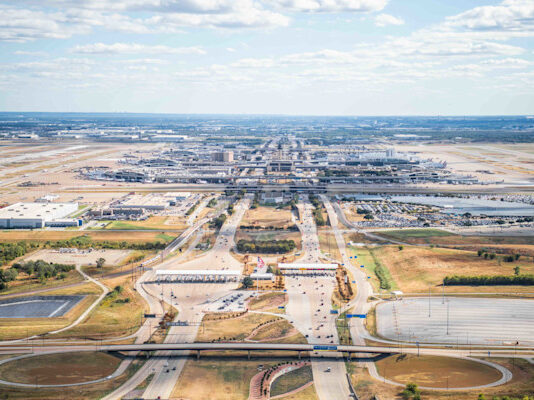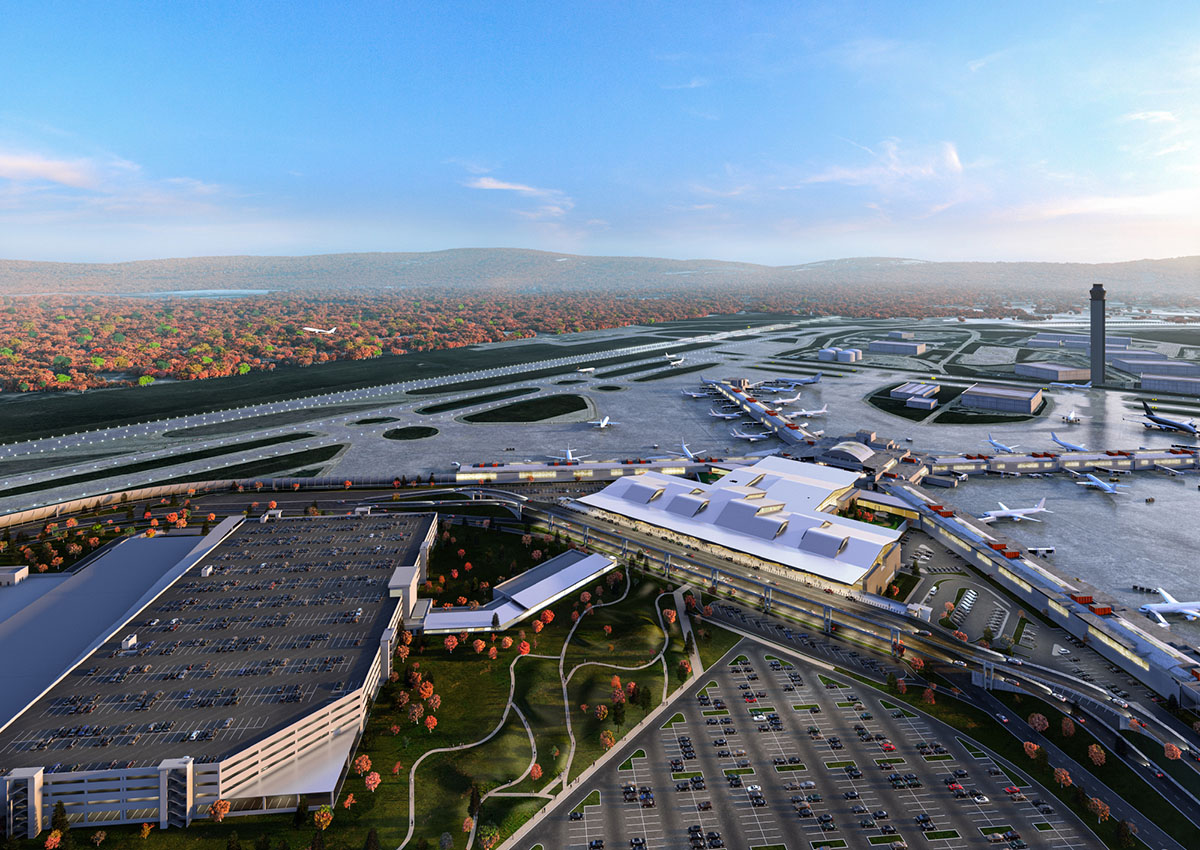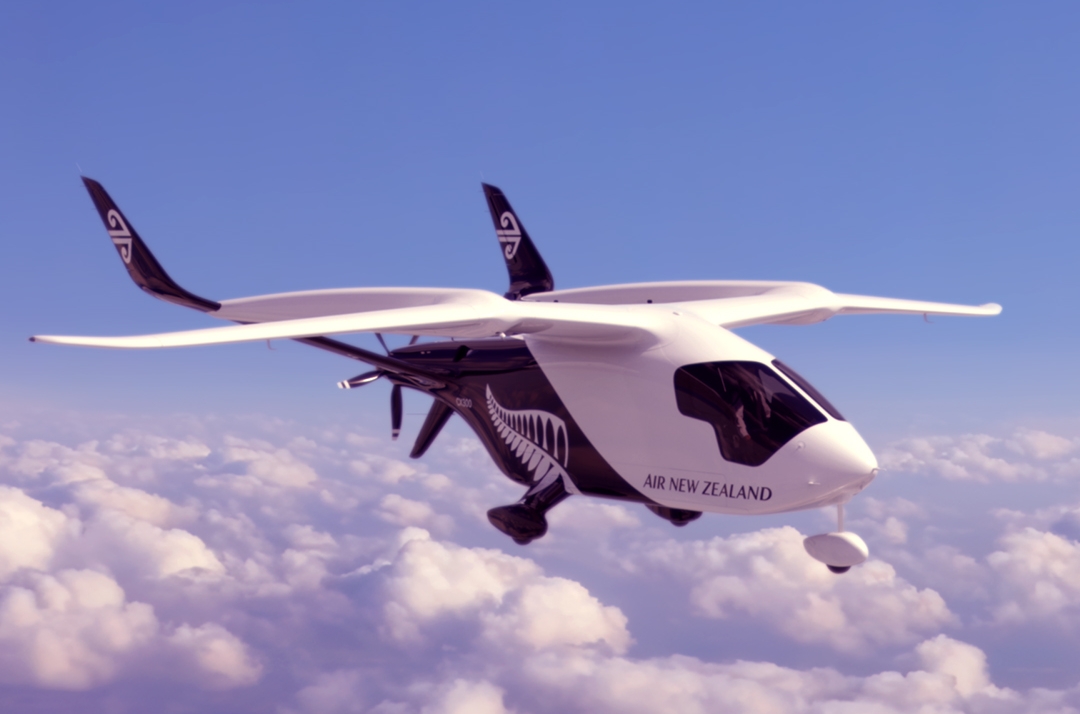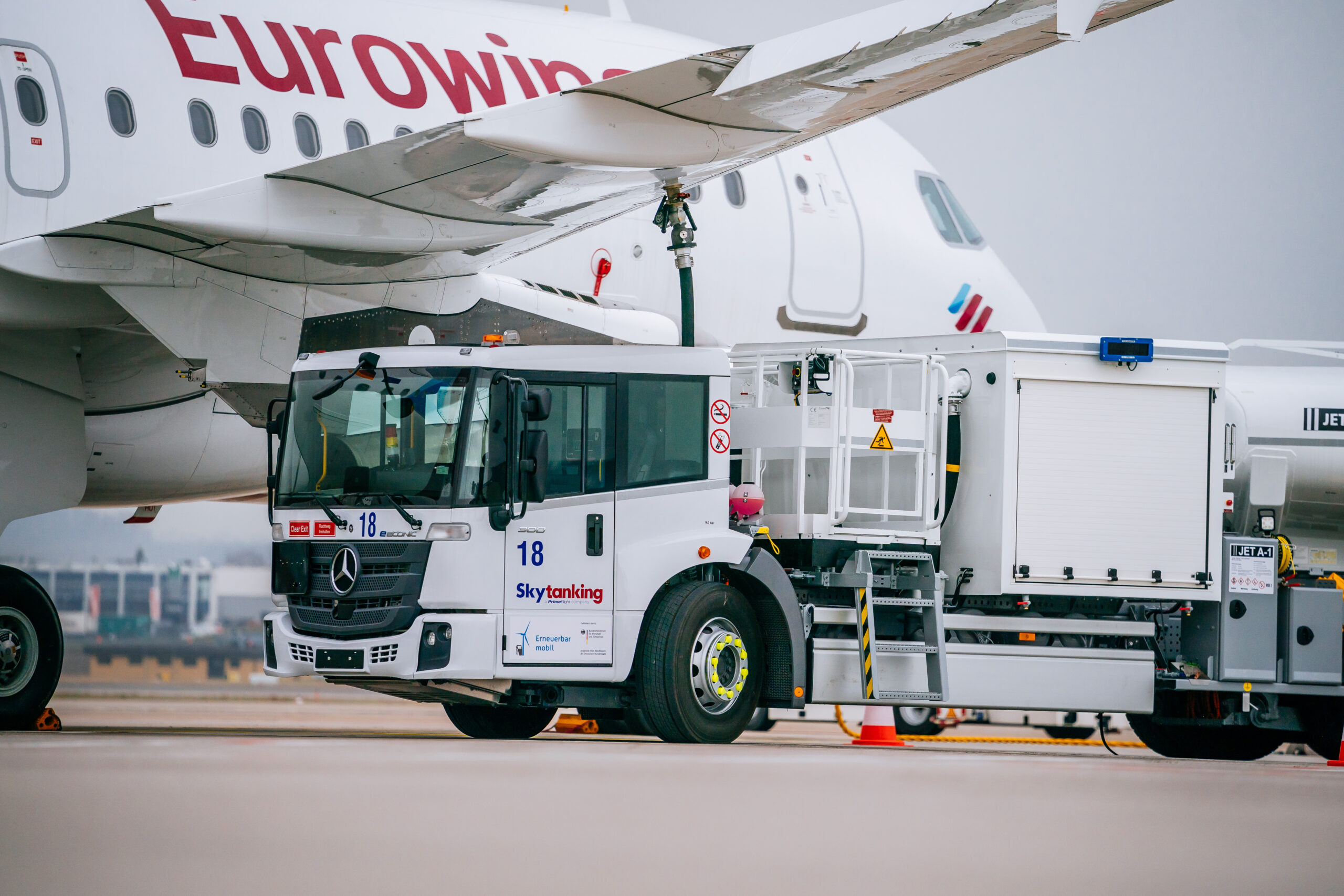On 15 and 16 May, the Sustainable Skies World Summit 2024 took place at Farnborough International Exhibition and Conference Centre in Hampshire, UK.
Alongside discussing the emerging technologies to decarbonise the aviation industry, the event questioned whether the supply of power and feedstock would be sufficient to meet the corresponding demands.
This question is particularly relevant as all modes of transport are now working to decarbonise operations, thus creating the potential for supply and demand issues that cannot be addressed solely within the aviation industry.

At the summit, energy demands were discussed during several panel discussions, including a session on “Bridging the gap between transport and energy”. Here, Dr. Andy Jefferson, Director at A&G Jefferson Limited stated that to decarbonise the UK aviation industry in line with the nation’s 2050 roadmap, an extra 147 Terra Watt hours of energy would be required.
At airports, additional electricity is already needed to power the rollout of electric ground support equipment. This demand will rise enormously when airports are also required to support future propulsion technologies. This could include charging electric planes, as well as producing hydrogen or sustainable aviation fuel (SAF) on site.

Arguably, producing sustainable fuels on-site will be a key enabler for airports to establish a reliable supply for their operations. This approach also reduces the energy required for transportation. For example, Pittsburgh International Airport (PIT) recently announced a collaboration with KeyState Energy and CNX to establish a hydrogen and SAF production facility.
However, such initiatives invariably require significant amounts of energy. As a result, Jonathan Torres, General Engineer at the Federal Aviation Administration’s (FAA) Office of Airports’ Emerging Entrants Division, stated that moving forward, airports need to effectively communicate with their cities to ensure they do not take all of the area’s energy.
This need was echoed by Hemant Mistry, Director Net Zero Transition, Sustainability & Economics at IATA, who called for airport planners and city planners to take a more collaborative approach.
Hemant Mistry said:To make sure that aviation is going to stay viable, the industry needs to be communicating with the cities. Currently, we have airport planners and we also have city planners. And the airport will do the planning and forecasting for airport-specific use cases. Meanwhile, the cities are only looking at the cities. So they need to have a conversation on how to establish a comprehensive master plan. They need to plan together and forecast together.
Vitally, airports do not want to become a barrier to the decarbonisation of the industry. During a panel discussion on “Meeting the challenges of hydrogen integration,” Matt Prescott, Head of Carbon Strategy at Heathrow Airport identified two main challenges that could lead to this roadblock. Firstly, the planning process for large-scale infrastructure is complex and time-consuming; and secondly, the requirements for energy and electricity will be extremely significant.
Establishing the required grid connectivity and power to fuel the technology is therefore considered a huge hurdle for major airports such as London Heathrow to overcome.
In recognition of energy supply being one of the most significant challenges in this area, many airports are working to establish their own sources. For example, New York State’s largest onsite solar and storage project is being constructed at John F. Kennedy International Airport (JFK).
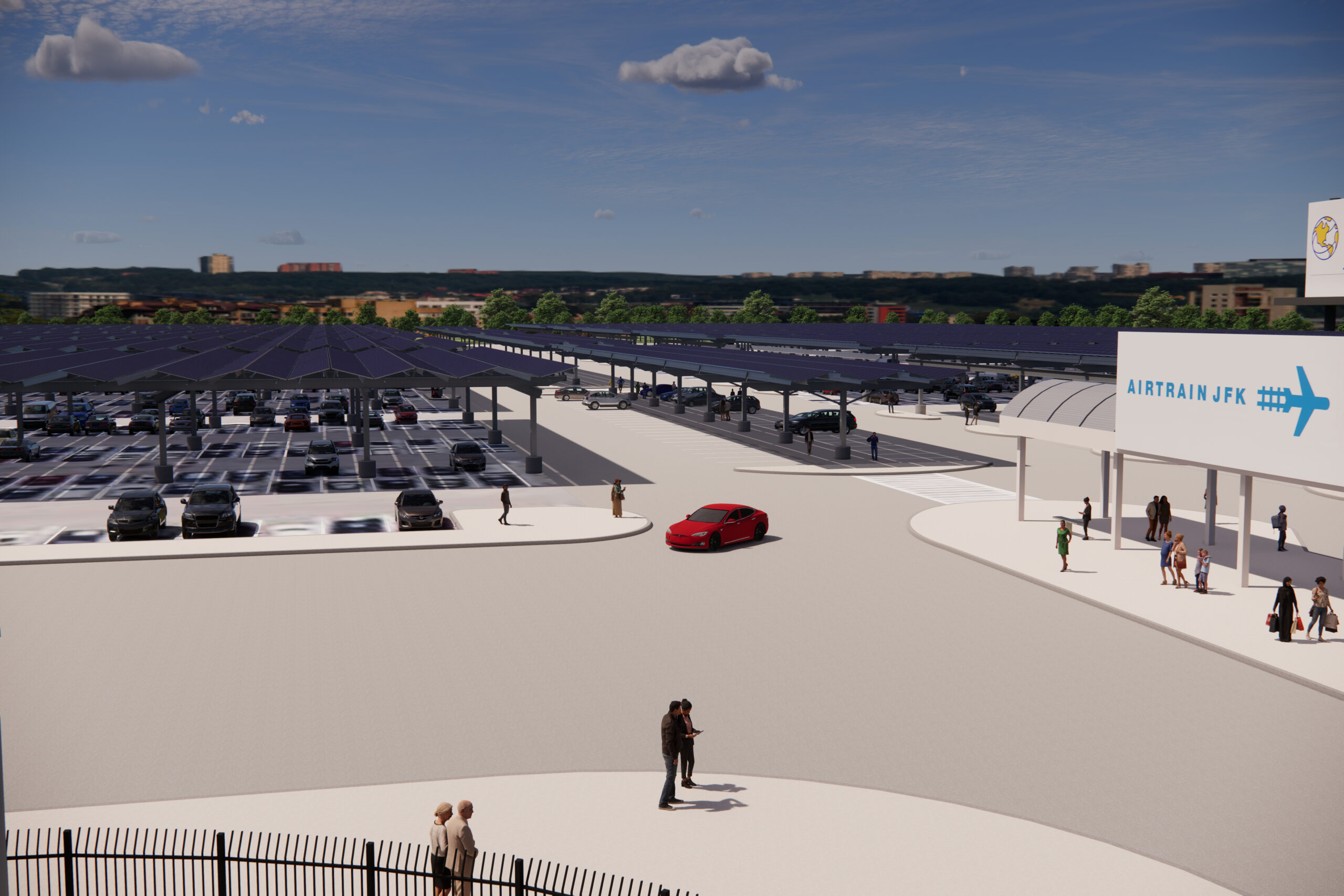
What’s more, at Teesside International Airport in the UK, Phil Forster, Managing Director, explained how the airport not only uses its solar project to make its operations more sustainable but also to generate revenue as a business. Indeed, thanks to its HV ring and private wire network, the airport generates up to 50 megawatts of solar across its site. Alongside lowering the operational cost of the airport, this green energy can be sold to its onsite tenants such as FedEx. Surplus energy is then fed back into the grid through sleeving agreements.
Despite this success, during a panel, entitled “What makes a sustainable airport?” the summit recognised that such solutions cannot simply be applied to all airports. In fact, Jonathan Torres, General Engineer at the FAA stated that a solution at one airport is specific only to that site.
Torres said:Once you visit one airport, you’ve visited one airport. Each airport has its own challenges and its own limitations. So there's going to be use cases or solutions that might work in one airport but not might not work at other airports. When it comes to power availability, we are going to see different challenges at each airport.
Furthermore, the summit highlighted that the scale of this challenge cannot be truly understood until all modes of transport are considered.
James Stephens, Vice President of Corporate Affairs at DHL UK & Ireland and Andy Jefferson, Director at A&G Jefferson Limited argued that industries need to be provided with concrete certainty that demand is going to be greater than supply. To do so, the bigger picture needs to be considered, rather than isolated sectors.
Indeed, with all industries looking to decarbonise, sustainable energy supplies are being pulled in multiple directions. This presents a need to determine how each sector should be prioritised.
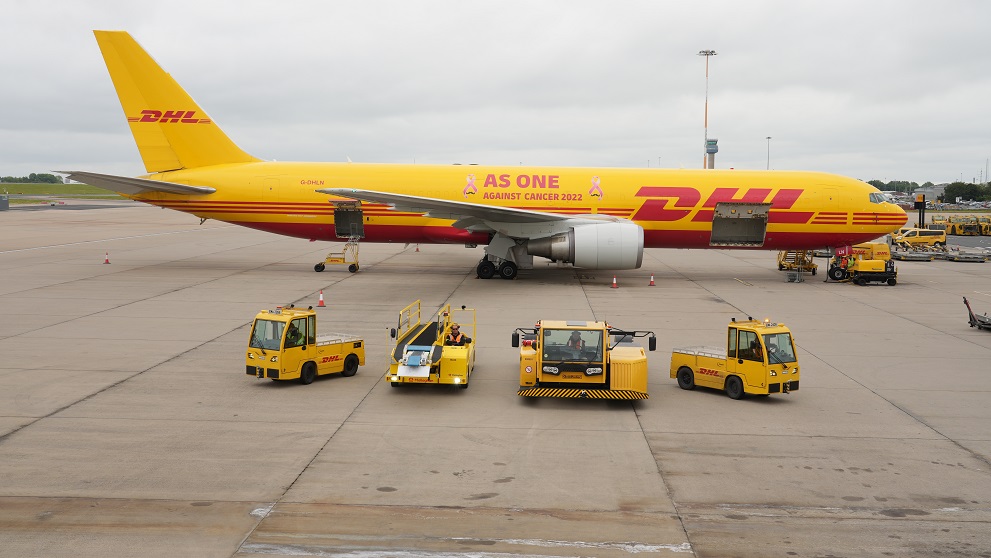
As DHL operates multiple modes of transport including planes, road freight vehicles, and ground support equipment, the company has insight into the unique challenge faced by different sectors. At the summit, Stephens argued that resources need to be prioritised according to these challenges. For example, he suggested that HVO is likely not the best fuel for decarbonising road transport as the feedstocks need to be prioritised for industries such as aviation that are much harder to decarbonise. Meanwhile, other fuels such as bioenergy can be used as transitional fuel for heavy loads vehicles.
To overcome the supply and demand issues for ensuring the aviation industry successfully decarbonises, it is thus necessary to take a holistic approach and to collaborate effectively with cross-industry parties. To do so, an accurate assessment of upcoming energy demands is required to prompt sufficient investment in ensuring a sufficient supply.
Otherwise, airports may be presented with a plethora of solutions and technologies that they are simply unable to power.


